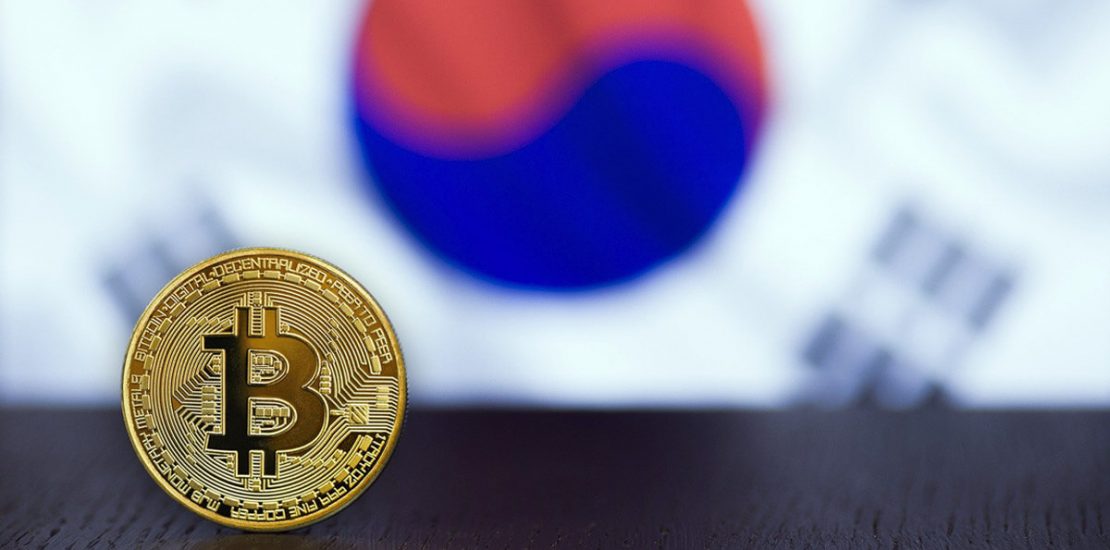- April 5, 2021
- Posted by: admin
- Category: BitCoin, Blockchain, Cryptocurrency, Investments

Bitcoin is trading at nearly $66,000 in South Korea. This is not a typo nor a faulty API giving false data either, but a notorious market anomaly from 2017-18 that marked the ‘top’ of the crypto market at the time.
Bitcoin mispricing
Called the ‘Kimchi Premium’ (after the popular Korean fermented cabbage dish), the phenomenon occurs as crypto-frenzied traders in South Korea punt for outsized opportunities and upside on Bitcoin and lay bets on higher prices.
But the supply just doesn’t match demand, and—as a basic rule of economics and markets and markets—the prices end up pumping far more than other global markets.
Kimchi premium now more than 16% and widening. On Bithumb, BTC is effectively trading at $66,300 pic.twitter.com/vUSoshBtFx
— Larry Cermak (@lawmaster) April 5, 2021
Bitcoin trades for nearly $58,000 on Bitfinex. But step over to Korean exchanges like UPbit and Huobi Korea, and the asset’s trading at over $66,876.
Such a ‘premium’ was last seen during the infamous bull run of 2017, where it reached a high of nearly 60% before Bitcoin began a three-year-long bear market.
Why does the Kimchi Premium arise?
Bitcoin is traded around the world on hundreds of cryptocurrency exchanges which all display slightly different prices for the asset. Its decentralized and international nature means there’s no global/single exchange rate for Bitcoin and fiat—so different exchanges can show different prices for, say, Bitcoin/USD.
The mispricing is, usually, kept in line by traders and algorithmic bots who buy and sell on various exchanges to make profits for themselves and keep market prices generally in line in a process called “arbitrage.”
As an illustrative example: A trader could see Bitcoin selling for $50,000 on exchange A and $50,100 on exchange B. Seeing a $100 opportunity, traders can buy on exchange A, transfer to exchange B, and, after costs, pocket a small sum of money.
With the growing Kimchi premium, I did some digging on the BTC performance following previous spikes in the Korean BTC pair.
While it's impossible to say whether the Kimchi premium has peaked or if it will continue growing onwards, it makes me worried. pic.twitter.com/lx0YMQgLAr
— Vetle Lunde (@VetleLunde) April 5, 2021
While the single trade may not seem much, doing such trades thousands of times a day ends up in a huge amount of money for the trader while keeping market prices in line.
As the trader buys and sells, the “arb” opportunity closes down as prices on exchange ‘A’ increase and those on exchange ‘B’ decrease—thus bringing Bitcoin prices to a standard level globally.
The problem
The mispricings usually occur on crypto exchanges based in various nations, meaning traders still need to cash out via fiat to a local bank and have it transferred to their country of operation. But here’s where the issues lie for Korean arbers.
Korea employs strict monetary controls, making it difficult to get money out of the country as a foreigner. This greatly limits the number of arbitragers who could execute that particular trade.
As Doo Wan Nam, head of business development in Korea for MakerDAO, noted in a tweet today, all outgoing money transfers greater than $1 million are subject to scrutiny in the country, meaning it’s only the smaller trading firms or individual traders (with access to banking both abroad and in Korea) who can efficiently execute the arb.
To clarify, based on previous law cases, arbing crypto itself is not illegal in Korea. However, sending money abroad without reporting the government is a crime. Generally when it's over $1 million worth over the course of arbing. Here are some previous cases
— Doo (@DooWanNam) April 5, 2021
Don’t say the Bank of Korea didn’t caution you of this.
The post What is the ‘Kimchi Premium’ and why is it a ‘top’ indicator for Bitcoin? appeared first on CryptoSlate.

